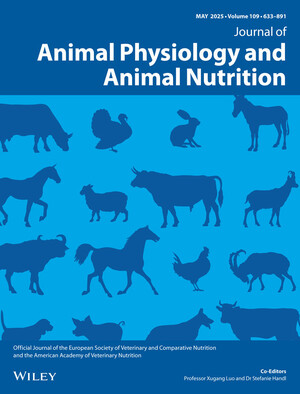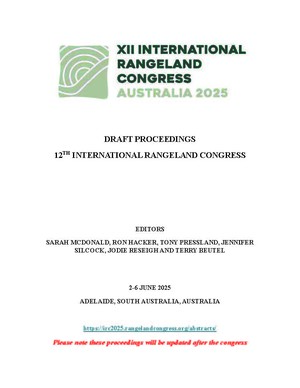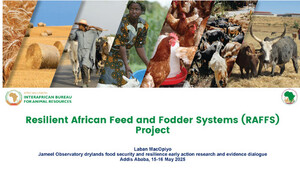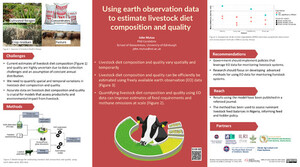
Physiological and transcriptional response to drought stress among bioenergy grass Miscanthus species
Abstract
Miscanthus is a commercial lignocellulosic biomass crop owing to its high biomass productivity, resilience and photosynthetic capacity at low temperature. These qualities make Miscanthus a particularly good candidate for temperate marginal land, where yields can be limited by insufficient or excessive water supply. Differences in response to water stress have been observed among Miscanthus species, which correlated to origin. In this study, we compared the physiological and molecular responses among Miscanthus species under excessive (flooded) and insufficient (drought) water supply in glasshouse conditions.A significant biomass loss was observed under drought conditions in all genotypes. M. x giganteus showed a lower reduction in biomass yield under drought conditions compared to the control than the other species. Under flooded conditions, biomass yield was as good as or better than control conditions in all species. 4389 of the 67,789 genes (6.4%) in the reference genome were differentially expressed during drought among four Miscanthus genotypes from different species. We observed the same biological processes were regulated across Miscanthus species during drought stress despite the DEGs being not similar. Upregulated differentially expressed genes were significantly involved in sucrose and starch metabolism, redox, and water and glycerol homeostasis and channel activity. Multiple copies of the starch metabolic enzymes BAM and waxy GBSS-I were strongly up-regulated in drought stress in all Miscanthus genotypes, and 12 aquaporins (PIP1, PIP2 and NIP2) were also up-regulated in drought stress across genotypes.Different phenotypic responses were observed during drought stress among Miscanthus genotypes from different species, supporting differences in genetic adaption. The low number of DEGs and higher biomass yield in flooded conditions supported Miscanthus use in flooded land. The molecular processes regulated during drought were shared among Miscanthus species and consistent with functional categories known to be critical during drought stress in model organisms. However, differences in the regulated genes, likely associated with ploidy and heterosis, highlighted the value of exploring its diversity for breeding.
Citation
De Vega, J.J., Teshome, A., Klaas, M., Grant, J., Finnan, J. and Barth, S. 2021. Physiological and transcriptional response to drought stress among bioenergy grass Miscanthus species. Biotechnology for Biofuels 14:60.









